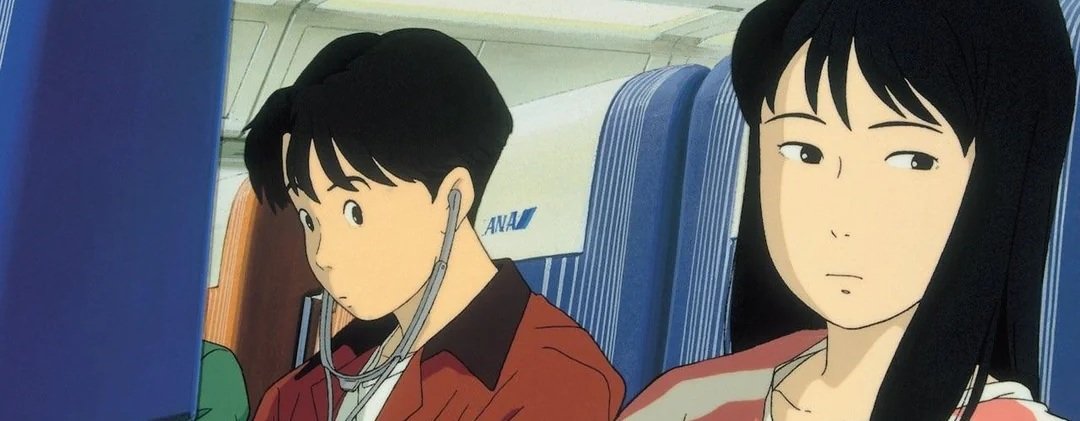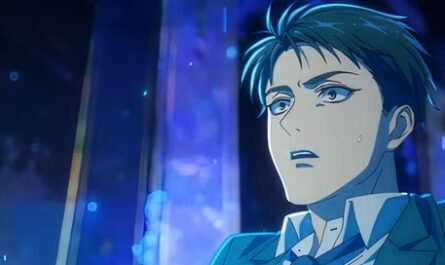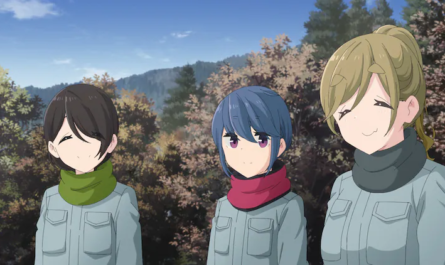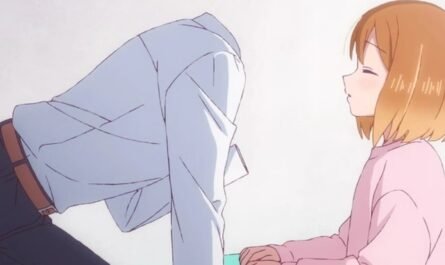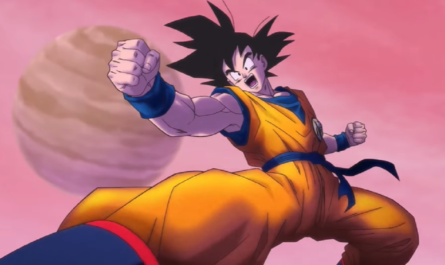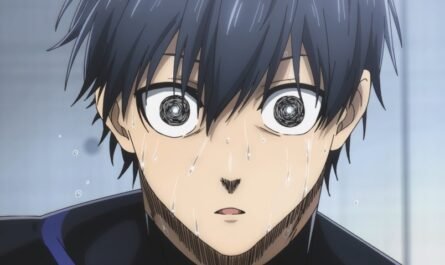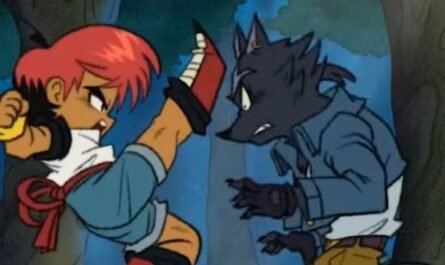Ghibli films rarely shown on TV will be revived in July.
One of Studio Ghibli’s popular anime works, rarely seen on TV, is “Ocean Waves.” It is an anime adaptation of the novel of the same name by Saeko Himuro, which was serialized in the monthly magazine “Animage” (Tokuma Shoten) by the “Studio Ghibli Young Production Group.” It was aired on Nippon Television on May 5, 1993.
The first airing was on a public holiday at 4 pm, but it recorded a high audience rating of 17.4% in the Kanto region. However, it has only been broadcast nationwide as a double feature with “Tales from Earthsea” (2006) and was rebroadcast in 2011 in the Friday Road Show (Nippon Television) slot. Since the main story is 72 minutes long, “Ocean Waves” is challenging to schedule in prime time, but it still boasts strong popularity as a realistic youth drama about high school students set in Kochi.
The film will be shown in theaters nationwide for three weeks, starting Friday, July 4, 2025, and will also be screened in advance in Kochi, where it was filmed, beginning Friday, June 27. Ocean Waves, which is also famous for angering director Hayao Miyazaki, is notable for the fact that the ending of the original novel and the anime version differ significantly.
Characters that are the polar opposite of Miyazaki’s anime
The person who made Miyazaki angry was the heroine of “Ocean Waves,” Muto Rikako. Rikako transferred from Tokyo to a prestigious school in Kochi in her second year of high school. She was beautiful, had excellent grades, and was also a great tennis player. She quickly became the center of attention of the students. However, Rikako had an extremely selfish personality.
When she found out that the main character, Morisaki Taku, had money from a part-time job, she borrowed 60,000 yen during the school trip and refused to repay it.
What’s more, she said to Morisaki, “My period is heavy on the first day,” a statement that would make any teenage boy freeze up. Rikako was the polar opposite of the innocent and devoted heroines that Miyazaki had portrayed up until then, such as Clarice from “Lupin III: The Castle of Cagliostro” (1979) and Nausicaa from “Nausicaa of the Valley of the Wind” (1984). It is said that after watching “Ocean Waves,” Miyazaki was critical, saying, “Stories should be depicted the way they should be.”
On the other hand, Rikako had a raw charm as a realistic girl that the heroines of Miyazaki’s anime lacked. Ghibli fans will know that Miyazaki produced “Whisper of the Heart” (1995) in competition with “Ocean Waves.” Rikako caused a big stir not only at the high school she transferred to but also at Studio Ghibli.

